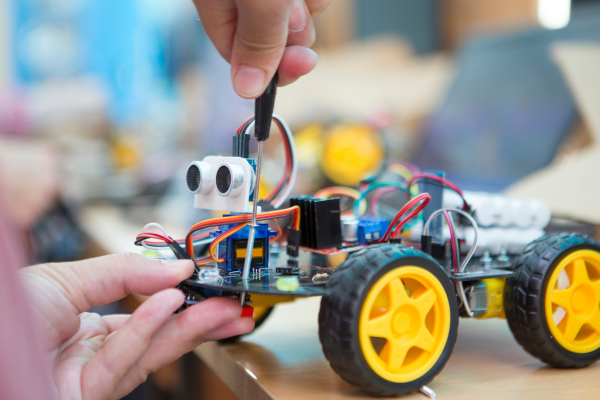
STEAM is Teaching Children Key Skills to Tackle the Future
What is STEAM?
Full steam ahead! The programme formerly known as STEM has been rebranded, rebooted, and reimagined into a dynamic learning environment encompassing five key fields of study: science, technology, engineering, the arts (yes, the arts!), and mathematics. STEM has now become STEAM. Engineering and technology teacher Georgette Yakman, founding researcher of the STEAM educational framework, is largely credited with adding the arts to this already highly successful educational programme.
The addition of the arts to the heavily-weighted math and sciences STEM programme is an important move, for it allows for a more well-rounded, heightened educational experience. Yakman explains that “STEAM is about more than converging the fine arts and design thinking into STEM fields. The liberal arts are, the ‘who & why,’ the reasoning, to the ‘what & how’ of STEM.”
More specifically, students are exposed to these five core disciplines holistically, which develops their critical thinking skills. This leads to their acquiring much-needed skills and knowledge to become future leaders and innovators. According to the Institute for Arts Education and STEAM, this innovative programme “takes STEM to the next level: it allows students to connect their learning in these critical areas together with arts practises, elements, design principles, and standards to provide the whole pallet of learning at their disposal.” STEAM’s holistic approach removes limitations and opens up a new world for children where wonder, critique, enquiry, and innovation are the primary focus.
Education writer Jeevan Vasagar asserts in a Financial Times article that “Education is under pressure to respond to a changing world,” a world in which repetitive tasks are being outsourced and/or replaced by technology (think AI and robots). She goes on to state that “The ability to solve novel problems has become increasingly vital.”
The Theory Behind STEAM
By tapping into the dynamic synergy between the visual arts and the natural sciences, STEAM students develop problem-solving skills that are anticipated to be extremely valuable in the future. In addition to developing logical and linear thinking skills, for example, children in this programme will be encouraged to develop other essential skills such as teamwork, empathy, and leadership. In the STEAM programme, questions are encouraged, as is working cooperatively with other students. STEAM students are also taught to look at a problem or issue in a myriad of different ways, thus harnessing the ability to make use of critical thinking and knowledge in a creative capacity.
Bridging the Gap: STEAM in Practise
STEAM fosters an inclusive learning environment in which all students are able to engage and contribute. The programme offers K-12 students cutting-edge education, so why in the world aren’t more schools embracing STEAM? Well, there are several reasons for this, the main ones being the high learning curve teachers must overcome to implement this unique way of teaching and the lack of time teachers have to adequately orchestrate STEAM. For example, within this programme, students are encouraged to be facilitators, which takes teachers much more time to arrange, extra time that teachers currently do not have.
Another challenge is that girls are still far less likely to be participants in STEAM. This disparity puts females at a distinct disadvantage in the future workforce and it reduces their chance to be involved as key decision-makers and innovators. According to an article by Parent.co, “Not only do women working in STEAM tend to earn more money than women in non-STEAM fields, but their perspective can reveal problems, solutions, and markets that male researchers may have overlooked.” It is of paramount importance, then, to prioritise strategies that resonate with girls starting at an early age. Familiarising girls with women role models in the field can help improve their interest in STEAM and foster their engagement with it.
Even the most carefully constructed plans for STEAM are useless unless they are carried out effectively. The key to move from theory to practise is to have an effective implementation plan in place and to train K-12 educators how to implement and use STEAM effectively.
STEAM is preparing today’s children to be innovators, thinkers, and doers, which is what they need in order to face the challenges the future will bring. Despite some growing pains between theory and practise, STEAM is moving full speed ahead as it makes its way into K-12 classrooms.
Contact us for a no-obligation consultation for all your IT matters – email info@hbtech.co.nz or phone 0800 423 834.


